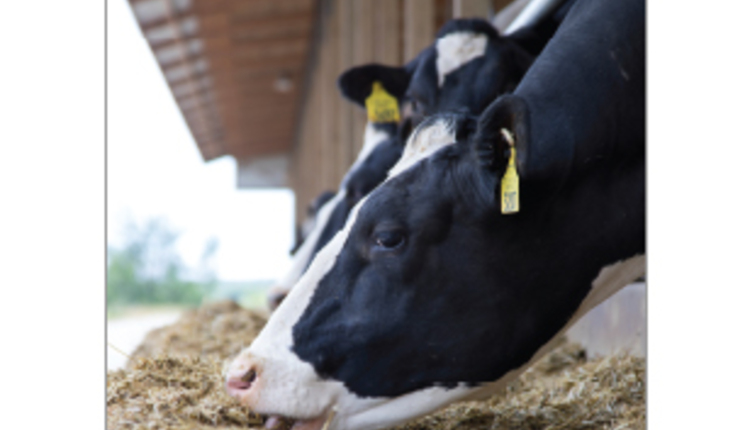 A record corn crop and lower prices – keep your fingers crossed – are still forecast for 2013, but the same can't be said for whole cottonseed.
A record corn crop and lower prices – keep your fingers crossed – are still forecast for 2013, but the same can't be said for whole cottonseed.Wet weather in much of the Cotton Belt, but drought in Texas, slow planting rates for crops other than corn, and a nagging undertone of uncertainty about how summer might play out for agriculture in general are all parts of an uncertain dairy feed picture as spring comes to a close.
Not so uncertain, however – and not so good – is the outlook for cotton and the cottonseed that many dairies like to feed.
The latest World Agricultural Supply and Demand Estimates report expects the U.S. cotton crop in 2013 will total just 4.58 million tons, compared to 5.76 million tons in 2012. That's a 20.6 percent drop that would bring a corresponding drop in cottonseed feed supplies.
Planting rates continue to lag in the 15 states that produce 99 percent of all U.S. cotton – just 59 percent as of May 26, according to USDA. Analysts say slow planting tends to lead to less total planting as farmers switch to other crops, and late planting tends to result in lower yields. Foreign demand for cottonseed, especially in Asia, is up as well.
None of this is encouraging for milk producers who like feeding whole cottonseed in their rations, since already high prices appear likely to go up even higher.

The author has served large Western dairy readers for the past 36 years and manages Hoard's WEST, a publication written specifically for Western herds. He is a graduate of Cal Poly-San Luis Obispo, majored in journalism and is known as a Western dairying specialist.








